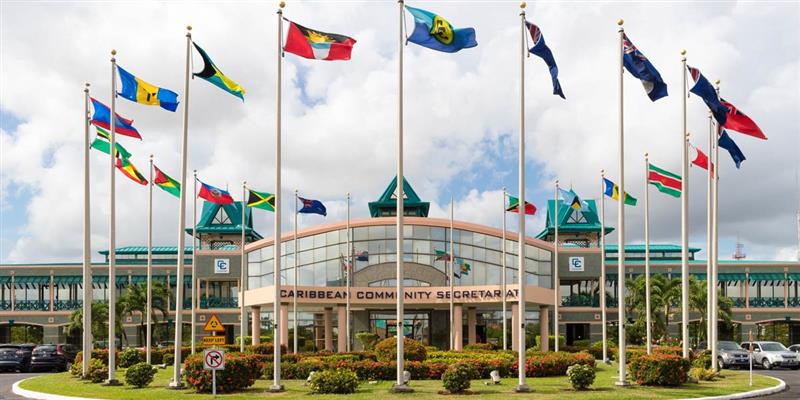On 30 June 2022 the OECD published a Fiscal Federalism Working Paper entitled Improving subnational governments’ resilience in the wake of the COVID-19 pandemic.
The paper looks at the resilience of the finances of subnational governments (SNGs) to macroeconomic cycles and shocks and considers the importance of fiscal buffers and the ability of SNGs to prepare for future shocks. The paper looks at reform options to strengthen the finances of subnational governments.
The sensitivity of SNG revenues to changes in economic activity depends on the extent to which they are financed by their own tax and non-tax revenues; shared revenues; and government grants and transfers. There is significant variation among OECD countries in the dependence of SNGs on intergovernmental transfers.
In the OECD the local governments generally rely mainly on property taxation for their own revenues. Many regional, and some local, governments also levy taxes on retail trade and on personal income. Shared revenues with the national government are more volatile than the SNGs’ own revenues as the national personal and corporate income taxes are more sensitive to economic cycles. They can also be adversely affected by changes in national tax policies such as tax reliefs. Government grants are also generally quite volatile.
On the spending side the paper notes that SNG spending is less sensitive to economic cycles than national government expenditure, mainly because unemployment insurance, the main automatic fiscal stabiliser, is mostly a national responsibility. However regional and local budgets are vulnerable to economic shocks affecting the demand or supply of essential public services, as the regional and local governments are responsible for providing many of those services.
The OECD working paper suggests some policy options to make the finances of subnational governments more resilient.
The national government could allocate new tax bases to SNGs, for example by allowing the SNGs to levy surcharges on certain national taxes, possibly combined with modifying the overall tax rates on those taxes. The national government could also raise the upper limits on the rates at which subnational taxes can be levied. Central government can help SNGs with systematic exchanges of information, joint audits, technical assistance and support for modernisation and digitalisation.
Most importantly, the national government can impose a hard budget constraint on the subnational governments, thereby providing an incentive for the SNGs to look for ways to fully exploit their own revenue-raising potential.
The SNGs can increase own revenues by reforms to increase efficiency and equity. These reforms could include the introduction or increase of surcharges on national taxes; adopting or increasing green taxes and levies; and broadening the base of the existing local taxes by reduction or elimination of exemptions and other preferential treatment, combined with support for vulnerable groups.
SNGS could modernise the administration of their own taxes, in particular the local property tax, to seize the opportunities available from digitalisation in areas such as updating property cadastres and using “big data” on property transactions to update valuations; or moving to semi-annual or quarterly online payment facilities. SNGs could make better use of their scope for taxing increments in property values that arise due to improvements in local infrastructure. Also, user fees for local services could be increased.
SNGs could make better use of local assets, especially real estate properties. Many SNGs do not hold comprehensive inventories of the properties they hold and do not have a clear evaluation of the commercial potential of those properties. There is therefore scope for improving the management of non-financial assets, particularly in urban areas.














